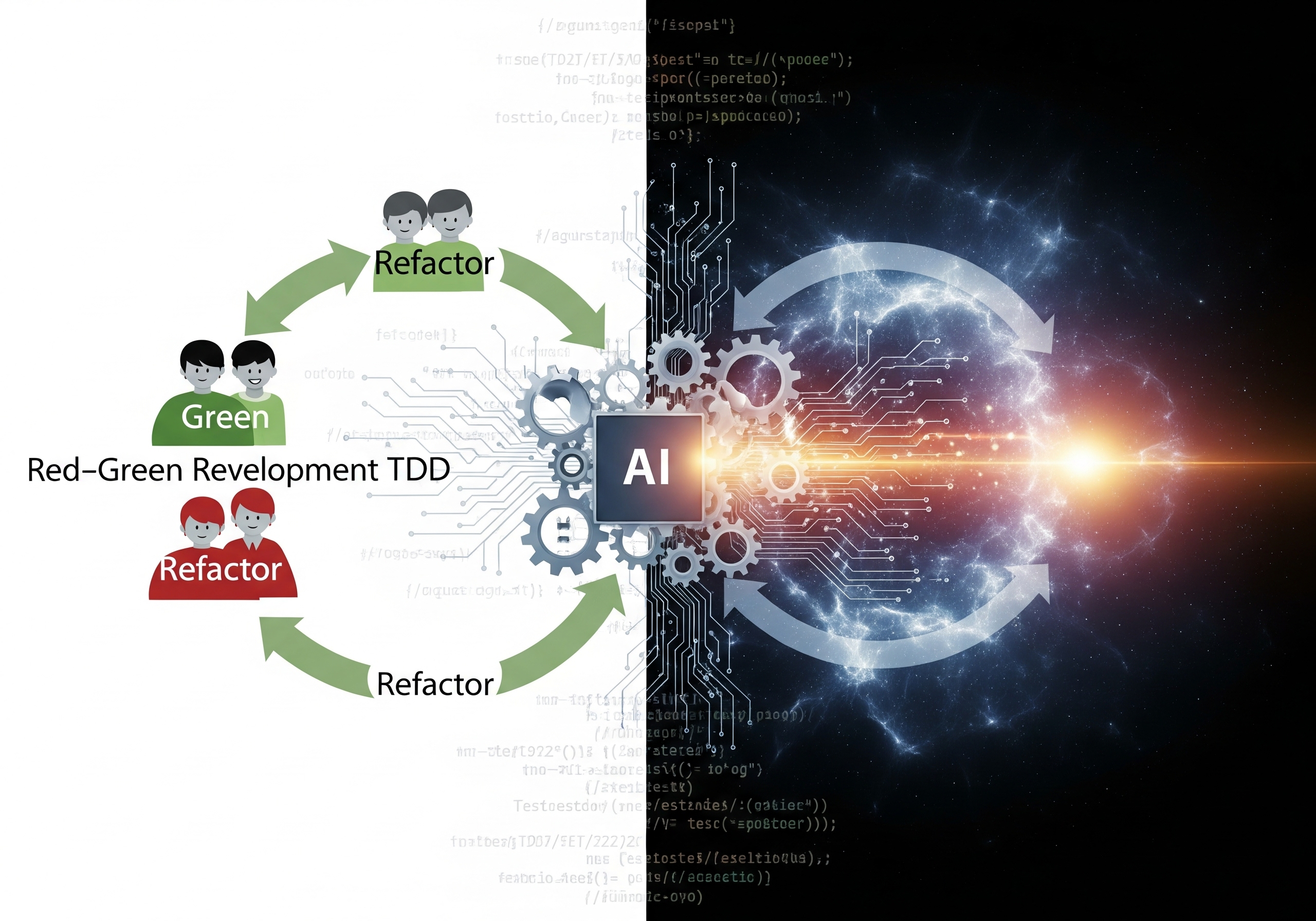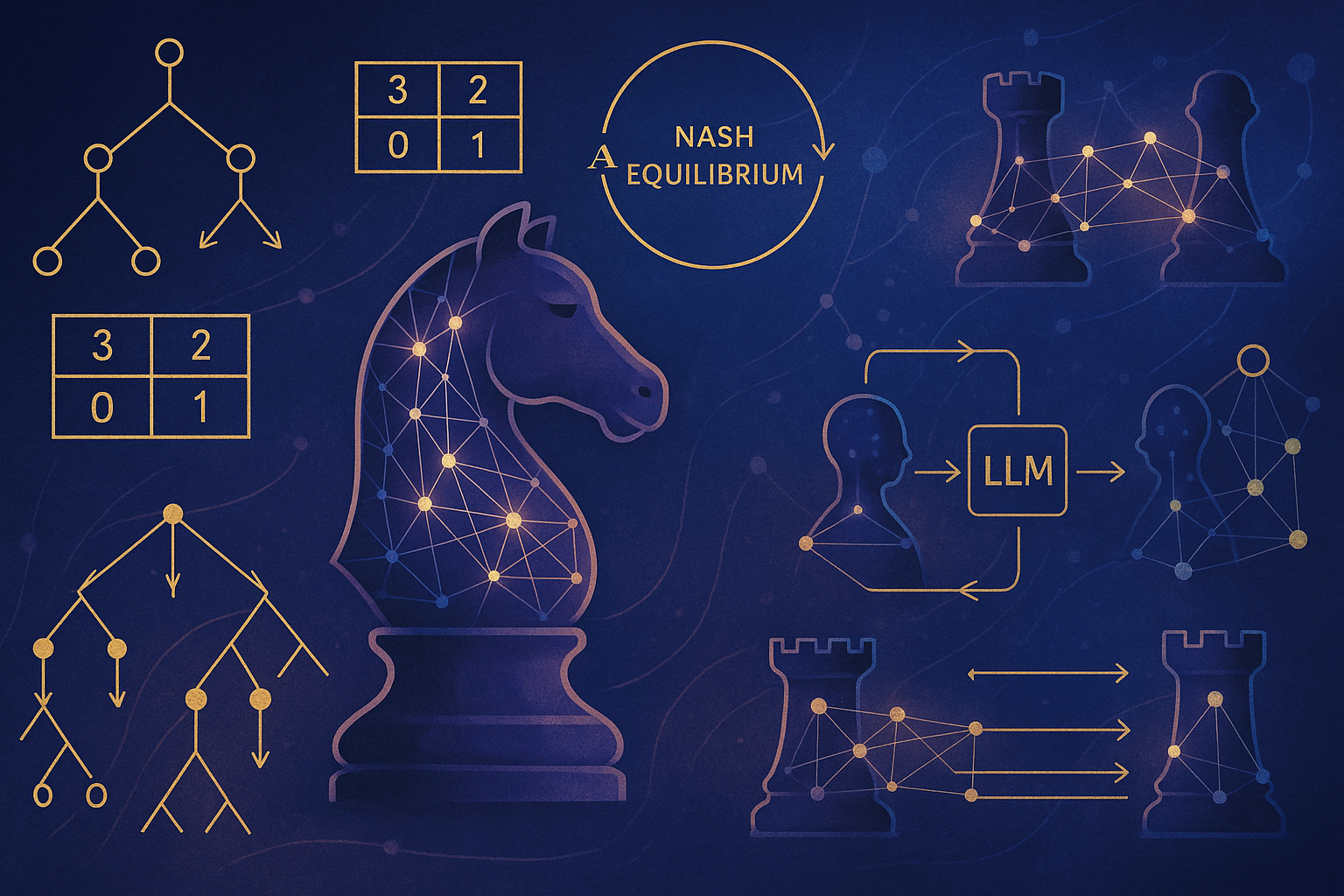Table of Contents
Large Language Models (LLMs) like GPT-3, PaLM, and others have revolutionized how we interact with technology. From drafting emails to writing code and generating creative content, their capabilities are immense. However, this power often comes with a hefty price tag, especially when deployed at scale. Running queries on these sophisticated models can quickly accumulate significant operational costs. This is where the concept of FrugalGPT steps in, offering a smarter way to leverage LLMs without breaking the bank.
What Exactly is FrugalGPT?
It’s important to clarify that FrugalGPT isn’t a new, standalone LLM developed from scratch. Instead, it’s an innovative framework or approach designed to use existing LLMs more economically. The core idea, as introduced by researchers from Stanford, is to intelligently orchestrate queries across a diverse set of LLMs – some large and expensive, others smaller and cheaper – to achieve the desired outcome at the lowest possible cost.
Think of it like choosing the right tool for a job. You wouldn’t use a sledgehammer to crack a nut, right? Similarly, FrugalGPT aims to avoid using a powerful, costly LLM for tasks that a simpler, less expensive model could handle effectively.
How Does FrugalGPT Achieve Cost-Effectiveness?
FrugalGPT employs several clever strategies to minimize expenses while maintaining high-quality outputs:
Model Cascading: This is a cornerstone of the FrugalGPT approach. Instead of sending every query to the most powerful (and often most expensive) model, it first tries a cheaper, faster model. If that model provides a satisfactory answer or an answer with high confidence, the process stops there, saving costs. If not, the query is escalated to a slightly more capable, and slightly more expensive, model. This continues until a suitable answer is found or the cascade reaches the most powerful model available.
Prompt Adaptation: Sometimes, a smaller model can produce the desired output if the prompt is carefully crafted or rephrased. FrugalGPT can incorporate mechanisms to adapt prompts to better suit the capabilities of less expensive models, thereby increasing the chances of getting a good result without needing to escalate.
Response Caching: Many queries or parts of queries are repetitive. FrugalGPT can leverage caching by storing the responses to previously seen queries. If an identical or very similar query comes in, the cached response can be served, bypassing the need to query any LLM at all, leading to significant cost and latency savings.
Adaptive Model Selection: Beyond simple cascading, FrugalGPT can learn which types of queries are best handled by which models. It can intelligently route a query to the most cost-effective model predicted to satisfy the request, based on the query’s characteristics and historical performance data. For example, a simple classification task might go to a small, specialized model, while a complex reasoning task might be routed directly to a more powerful one if the system learns that cascades are inefficient for that type of query.
The Benefits: More Than Just Savings
The advantages of adopting a FrugalGPT-like strategy are compelling:
- Drastically Reduced Costs: This is the most obvious benefit. By optimizing LLM usage, organizations can cut down their operational expenses significantly.
- Democratized Access: Lower costs make powerful AI capabilities accessible to a broader range of users, startups, and researchers who might otherwise be priced out.
- Improved Latency (Often): By prioritizing faster, smaller models for many queries, the average response time can actually decrease.
- Sustainable AI: Efficient resource utilization is a step towards more environmentally sustainable AI practices, reducing the computational overhead.
Considerations and Challenges
While FrugalGPT offers a promising path, it’s not without its complexities:
- Implementation Overhead: Setting up the logic for model cascading, prompt adaptation, and adaptive selection requires careful engineering and fine-tuning.
- Balancing Cost and Quality: There’s always a trade-off. Aggressively optimizing for cost might occasionally lead to slightly lower quality responses if the system doesn’t escalate appropriately.
- Performance Monitoring: Continuous monitoring is needed to ensure the chosen strategies are indeed effective and to adjust them as models evolve or query patterns change.
The Future is Frugal
As LLMs become increasingly integrated into our digital lives, managing their operational costs will be paramount. FrugalGPT provides a blueprint for how to do this intelligently. It’s a shift from simply using the biggest model available to a more nuanced, resource-aware approach. By embracing the art of cost-effective LLM utilization, we can unlock the full potential of this transformative technology in a sustainable and accessible manner.







Start the conversation